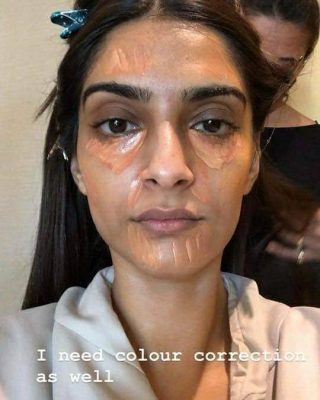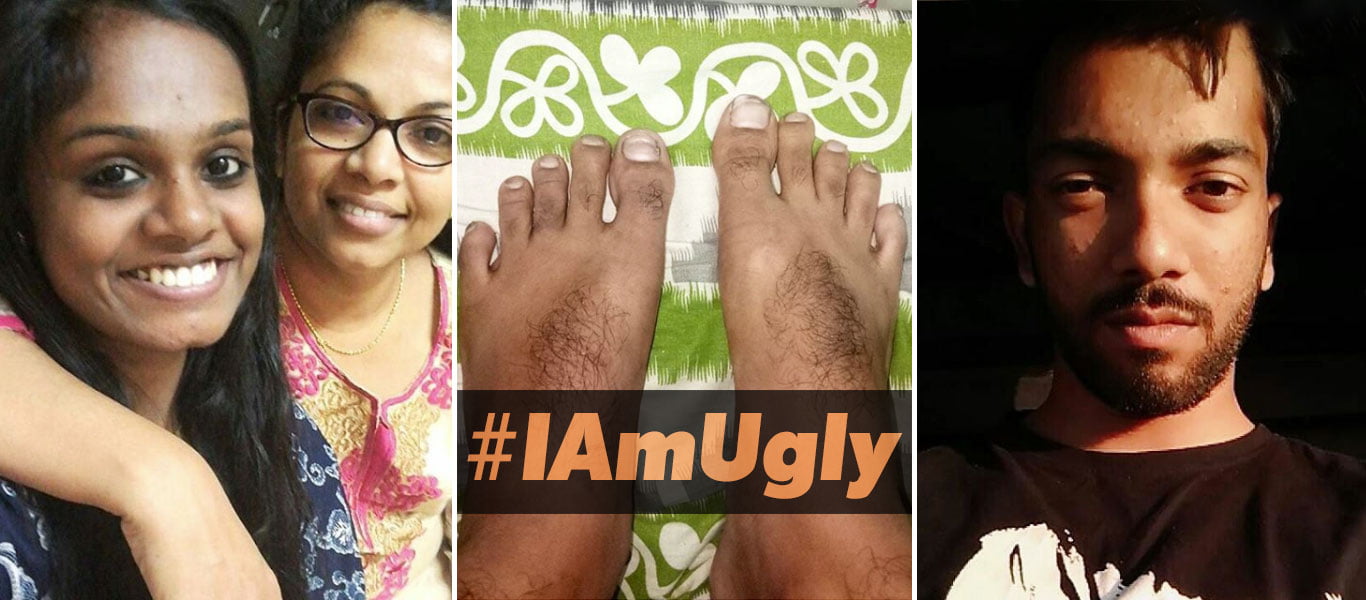The social media is now gripped by its latest preoccupation, the #IAmUgly campaign. What people are doing under this campaign is posting a picture of themselves that they do not like or of any body part that they think is imperfect under the hashtag #IAmUgly. Underneath is a description as to why they do not like that particular picture or body part in a bold and accepting manner.
It sends an inspiring message during a time when nobody is left unaffected by online pictures. For some, it is an opportunity to flaunt their good-looks whereas for others it only becomes the breeding ground of their insecurities.

Aim of the campaign
This campaign is thereby aimed against the seemingly perfect pictures and stories that people post round the clock. Its message is indeed powerful and has a truth behind it that we all must accept- the imperfections behind the camera lens. Nothing is really perfect.
It also aims at making the social media more open and real than fake. The filters must be done away with and one’s vulnerabilities and insecurities exposed in order to move past them.

It is a variant of the non-profit organization I Am B.E.A.U.T.I.F.U.L that works to empower women and help them build their self-esteem. The hashtag of #IAmBeautiful is also used often by women to signify the same.
This idea of talking about bodily imperfections, scars or marks is, however, not new.
Related: The History Of The Concept Of Virginity In India, And What Makes It Such A Big Deal Today
Sonam Kapoor on bodily imperfections
On September 29, 2016, Buzzfeed posted an article by Sonam Kapoor titled “I Didn’t Wake Up Like This” where she talks about how she came to be where she is today and the numerous filters it takes to hide her own scars, marks and so on.
Her recent Facebook and Instagram posts too highlight the same issue regarding the minimum 90 minutes of make-up sessions she undergoes before looking the way she does on the big screen.
She posted a picture of her wearing concealer all over her face just before it was blended on to her skin by her make-up artist. She urged young women, especially teenagers not to fuss over their looks by comparing themselves to celebrities.

Sonam Kapoor’s narrative of her journey from a teenage girl is indeed bold and brings forth the reality of the mass effort that goes behind actresses flawlessly perfect face and bodies.
Read: Kavita Kaushik and Sonam Kapoor’s Flawed Pictures Are The Cure For Snapchat Dysmorphia
But at the same time, in a whimsical moment of “inspired by Sonam Kapoor and #IAmUgly”, one must not take the drastic step of posting their not-so-perfect pictures online.
Wait.
Take a moment to think about it.
Pros and cons of posting your “ugly pictures”

Are you really ready to show the world your deepest insecurity? Undoubtedly, empathetic statements will flood your comments section about how they “totally get it” and understand “how you feel”.
But do they really?
Therefore, before going online with such pictures under the #IAmUgly campaign, do make sure that you are ready to face the good as well as bad responses.
People might also feel like you are doing so in a lookout for pity and comment harshly regarding the same.
It is ironical that we go to social media to critique the trends of social media itself. It is a mark of its power to communicate to people of different tastes and choices. It is a cult in itself that allows space for its own criticism and reception.
Image Credits: Google Images
Sources: Twitter, Buzzfeed, I Am B.E.A.U.T.I.F.UL + more
Also Read:
http://edtimes.in/2018/03/in-an-era-of-body-shaming-size-0-many-leading-ladies-are-size-6-making-curvy-figures-popular/



































